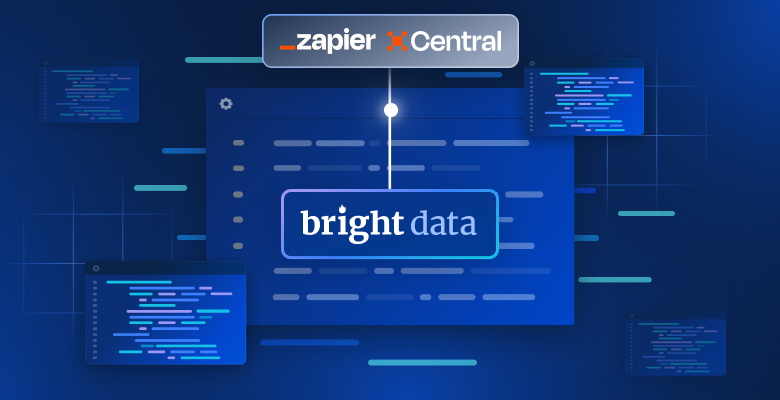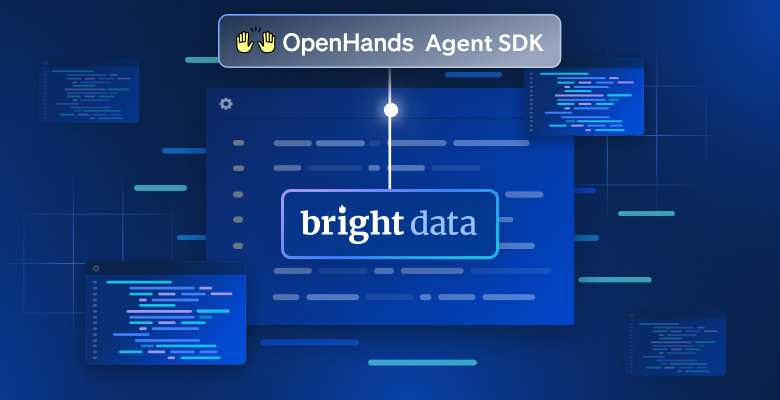In this article, we will discuss how digital-first retailers are utilizing web data from different sources in order to compare their own product listings with those belonging to competitors.
The main challenge that currently presents itself is the inability to collect and correlate data sets in different formats, across multiple marketplaces. As well as comparing products with the exact models/styles that competitors are selling. Especially since no vendors (intentionally) use the same product identifiers, titles, and images in an attempt to throw the competition off.
Here are 5 concrete ways to use Web Scraper API, an automated eCommerce data collection solution that can be easily scaled in real-time based on fluctuating needs:
- #1: Smart pricing comparison
- #2: Item specifics mapping
- #3: Scanning customer reviews
- #4: Listing title analysis
- #5: The impact of visuals
#1: Smart pricing comparison
The challenge: Most businesses find it difficult to accurately price their goods within their competitive space. Merely scanning for the lowest price point, and undercutting competitors is usually not the best strategy. Retailers struggle to take an array of data points into consideration when enabling algorithms to set pricing at a point that will convert amongst savvy target shoppers.
The solution: Collecting and comparing multiple data points before systems make a decision to change pricing can help increase revenue by:
- Being alerted when competitors are running a promotion, adding a freebee into an item bundle or offering a pre-checkout discount. A competitor may not drop their prices but if they sweeten the deal with a free laptop case, they may very well take the sale.
- Comparing specific item features, and quality indicators which will help you not ‘undersell’ your items. For example, taking fabrics into consideration in the context of two black winter coats where one is made of hand-crafted cashmere and the other is synthetic. Classic price comparison tools don’t take these types of item specifics into consideration.
Additionally, by ascertaining the availability of competitors’ inventory of like-for-like products one can determine where there are supply-chain-caused shortages and find opportunities to raise the price (in other words identify products where sales prices are currently too low).
#2: Item specifics mapping
The challenge here is trying to understand which item specifics are converting, for what reasons, and in which geographies. So for example, vendors may collect data that shows that when selling women’s shoes, having 7 item specifics is ideal. And that adding a brand name (e.g. Gucci), and country of manufacturing (e.g. Italy) are paramount for listings with high Sell-Through Rates (STRs). But this can differ based on other factors such as customer geolocation, price class, and brand, making the task at hand exponentially harder.
The solution is collecting, and correlating all of the relevant data points in order to more accurately map the ideal number of item specifics for high STRs in a given market.
So for example, women’s shoes being sold to customers in India, made by a top-tier brand such as Christian Dior and selling in the $500-$700 range – may convert best with 3 item specifics: ‘brand’, ‘color’, ‘fabric’.
Whereas American consumers looking for running shoes in the $100 range may want a lot more information as they will be using this item every day, and as shoppers on a budget don’t want to be forced to buy another pair in the event that it isn’t up to par. These consumers may expect to see the following product identifiers: ‘condition’, ‘upper material’, ‘model’, ‘color’, ‘style’, as well as ‘material composition’.
#3: Scanning customer reviews
The challenge here is that ‘consumer perception’ and the way a product is ‘subjectively experienced’ are tough things to collect and analyze. But understanding how buyers are reacting to competitor products similar to what you are selling is crucial in understanding where competitors are falling short, and where you can improve in order to increase market share.
The solution lies in collecting consumer reviews and analyzing them using Natural Language Processing (NLP). So for example customers in Australia may be annoyed that shipping times on specialty dog food is taking upwards of a week to arrive. Furthermore, you can correlate this insight gathered through customer reviews with another data set that shows an increase in sales in organic pet food options among the same group of consumers. Cross-referencing seemingly unrelated buyer sentiment can enable you to increase market share. For example, you could stock up on organic dog food, prominently describing the health benefits in the item description while offering free overnight shipping, thereby addressing a scope of concerns, and increasing how attractive your offering is to would-be customers.
#4: Listing title analysis
The challenge here is that vendors intentionally do not use the same model numbers, as well as titles in order to make the waters murky for their competition. This makes it hard to compare apples to apples, and oranges to oranges.
The solution is to collect data on the top-performing items in your niche/category, and then analyze them for:
- Title length
- Sentence structure
- Item specifics that appear in the title
When you correlate all of these data points, companies are able to better reach a ‘winning formula’ to increase listing Click-Through Rates (CTRs), and ultimately conversions. So for example, businesses selling cell phones may discover that titles in the 7-10 word range that mention the condition (e.g. new), the make (e.g. iPhone), and the color (e.g. rose gold), in that order, are grabbing 86% of buyer attention, clicks, and sales.
#5: The impact of visuals
The challenge is that images are probably one of the most important aspects of a digital purchasing experience. When you have the wrong images, products don’t sell. But there are many aspects to an image that need to be analyzed simultaneously, making choosing the right visuals a real head-scratcher.
The solution is to collect and cross-reference multiple data points from competitor listings including:
- The number of images presented in a given listing (e.g. 5)
- Ascertaining if the image includes people or is exclusively product-focused?
- Understanding what angles images are taken from (low/high/close-up/zoom-out)
- Discovering if most images are ‘lifestyle’ oriented? Or ‘technical’, showing how a product is used or the different product sizes?
Once a clear picture is established, companies can make concrete decisions regarding the best way to visually display a given item. For example, listings with high STRs in the watch industry may display 3 images (one lifestyle, one showing sizes, and one with a close-up on materials such as a face made of precious metal).
The bottom line
Product matching can be a timely, and tedious endeavor when trying to perform it manually or when utilizing one single data point. But when you start using an automated solution that feeds your systems multiple datasets that can then be cross-referenced for insights – businesses are able to better position themselves for success.
Start your free trial today and find the perfect product for your use case and operation.








